How to Approach This Lesson
Ready for a creative challenge? Today we’re diving into the world of flash fiction. This is the art of telling a complete story in a very small number of words. It’s an incredible exercise for any writer because it forces you to be precise, to make every single word work hard. We’re not just going to talk about it; we’re going to build a story together, from a simple idea to a finished, polished piece. Think of it as building a ship in a bottle—every piece must be placed with care.
The Challenge: A Story in a Teacup
Here’s our task: Create a short sci-fi flash fiction story (around 200 words) set on a Martian colony. A whole story—with a beginning, a middle, and an end—in just one or two paragraphs.
This seems tough, right? How can you establish a setting, introduce a character, create a conflict, and find a resolution in so few words? The secret isn’t to cram a big story into a small space. It’s to tell a small, focused story that implies a much bigger world.
Here’s our game plan:
- Find the Core Idea: We’ll start with a single, compelling “what if?” question.
- Focus on a Moment: We’ll choose one specific moment in a character’s life to build the story around.
- Show, Don’t Tell: We’ll use sensory details and actions to paint a picture, rather than just explaining things.
- Nail the Ending: We’ll craft a final line that resonates, leaving the reader with a feeling or a thought.
Let’s begin our mission to Mars.
A Step-by-Step Walkthrough to Martian Flash Fiction
Step 1: The Core Idea – The “What If?”
Every sci-fi story starts with a “what if.” Let’s brainstorm. What if…
- …the first flower bloomed on Mars?
- …someone on Mars received a message from an unknown source?
- …a child born on Mars dreams of an ocean she’s never seen?
That last one feels strong. It has immediate character and conflict. Let’s go with that. Our core idea: A Martian-born child longs for Earth’s ocean.
Step 2: Focus on a Moment – Zooming In
We can’t tell this child’s whole life story. We need one snapshot. Let’s imagine a scene: The child, let’s call her Elara, is in her sterile, red-dust-caked habitat. What is she doing? Maybe she’s looking at something that triggers this longing. A screen? A book?
Let’s make it more tangible. The colony has a single, precious “Hydroponics Bay,” where they grow Earth plants. This is where she goes.
The Moment: Elara is secretly touching the last droplets of water on a leaf in the Hydroponics Bay.
Step 3: Show, Don’t Tell – Painting with Words
Now, let’s write this moment. The goal is to use details that convey the setting (Mars) and the character’s feelings (longing) without explicitly stating them.
Common Mistake (Telling):
Elara lived on Mars and was sad because she had never seen the ocean. She missed Earth, even though she was born on Mars. She went to the hydroponics bay to look at the water because it reminded her of the pictures of the ocean she had seen.
This is boring. It tells us everything and shows us nothing. We don’t feel like we’re there.
Let’s try showing it. We’ll use sensory details. What does the habitat sound, smell, and feel like?
Drafting – First Attempt:
The hum of the recycler was a constant noise in Elara’s life. She ignored it. In the hydroponics bay, she touched a big green leaf. A drop of water was on it. She imagined the pictures her grandfather had shown her. Big water, all the way to the sky. She felt a pain in her chest.
This is getting better! We have the hum, the leaf, the drop of water. But we can make the language more powerful and evocative. Let’s refine the vocabulary and sentence structure.
Refining the Draft:
The recycler’s drone was the only lullaby Elara had ever known. She slipped past the nutrient paste dispensers into the humid warmth of Hydroponics Bay 3. The air here tasted green, a sharp contrast to the sterile, metallic tang of the habitat. On a broad taro leaf, a single bead of condensation clung, a perfect, trembling jewel. She touched it, not with her finger, but with her mind, tracing its impossible roundness. Grandfather’s stories weren’t just stories; they were ghosts that haunted her. He spoke of a “beach,” of endless water he called an “ocean” that crashed and sang.
This is much stronger. “Recycler’s drone,” “tasted green,” “trembling jewel”—these details bring the scene to life.
Step 4: Nail the Ending – The Final Punch
The story needs to end with a line that makes the reader think or feel something. It should resolve the immediate moment while opening up a larger question.
Let’s look at our draft. She’s thinking about her grandfather’s stories. How can we end it?
Common Mistake: A flat or overly simple ending.
Bad Ending:
She wished she could go there someday.
It’s okay, but it lacks impact. Let’s try to create a more poignant final image that connects her reality with her dream.
Good Ending Idea:
She closed her eyes, and for a moment, the hum of the recycler became the roar of the waves. She scooped the precious droplet onto her tongue. It tasted of nothing but recycled water and a saltiness that came only from her own tears.
This ending connects the sound of the habitat to the sound of the ocean, and the taste of the water to her own sadness. It’s a powerful, self-contained conclusion.
Now let’s assemble the final version, making sure it’s under our 200-word limit.
Final Polished Sample
Title: The Ocean on Her Tongue
The recycler’s drone was the only lullaby Elara had ever known. She slipped past the nutrient-paste dispensers into the humid warmth of Hydroponics Bay 3. The air here tasted green, a sharp contrast to the sterile, metallic tang of the habitat.
On a broad taro leaf, a single bead of condensation clung, a perfect, trembling jewel in the crimson Martian light filtering through the dome. She touched it, not with her finger, but with her mind, tracing its impossible roundness. Grandfather’s stories weren’t just stories; they were ghosts that haunted her dreams. He spoke of a “beach,” of an “ocean”—a world of water that crashed and sang under an open blue sky. He said you could taste the salt in the air.
She closed her eyes, letting the recycler’s drone become the roar of the waves. Carefully, she leaned in and scooped the precious droplet onto her tongue. It tasted of filtered water, of course, but also of a sudden, sharp saltiness that she realized was entirely her own.
Key Takeaways & Your Next Challenge
Writing powerful flash fiction boils down to:
- A Focused Idea: Don’t try to tell a massive story. Focus on one character in one powerful moment.
- Sensory Details: Use sight, sound, smell, taste, and touch to immerse your reader in the world. Show, don’t just tell.
- Economical Language: Every word matters. Choose strong verbs and precise nouns.
- A Resonant Ending: Your last line should be the most memorable. Leave the reader with an image or a feeling.
You’ve seen how a simple idea can be crafted into a complete, evocative story. Now it’s time to build your own world.
Optional Writing Challenge:
Write a short flash fiction story (around 200 words) with the theme “an unexpected discovery in a futuristic, underwater city.” Use the four steps we practiced: find a core idea, focus on a single moment, use sensory details to show the world, and craft a powerful ending. This is how you sharpen your creative instincts. Go for it!
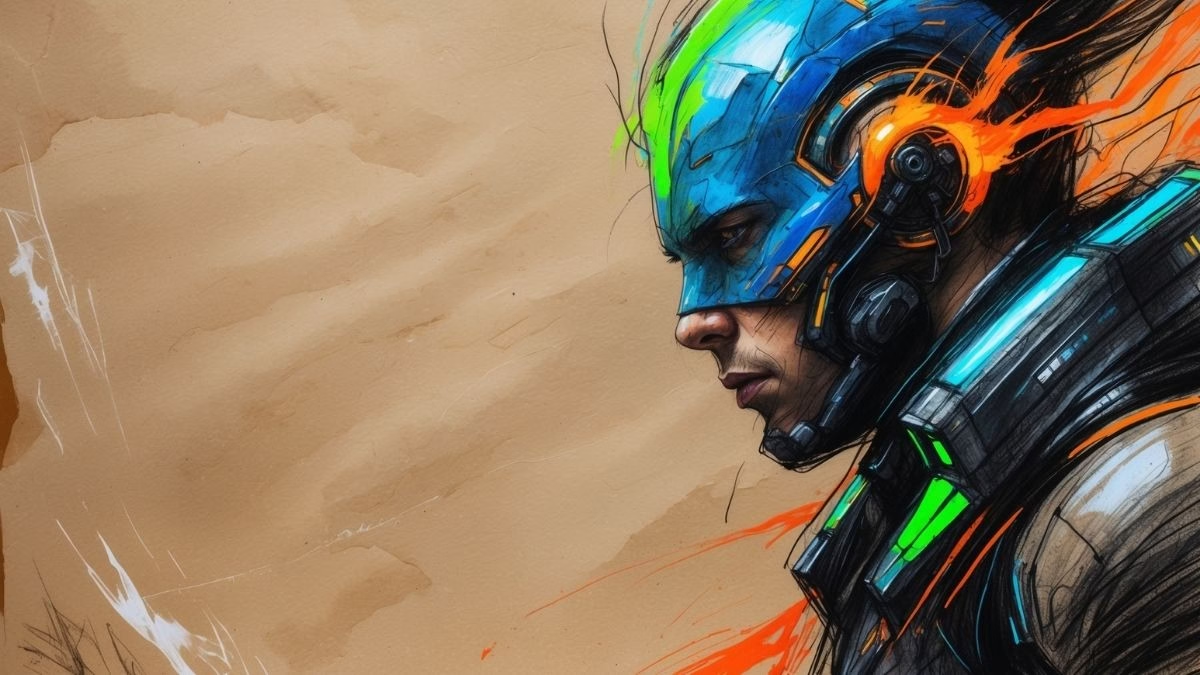



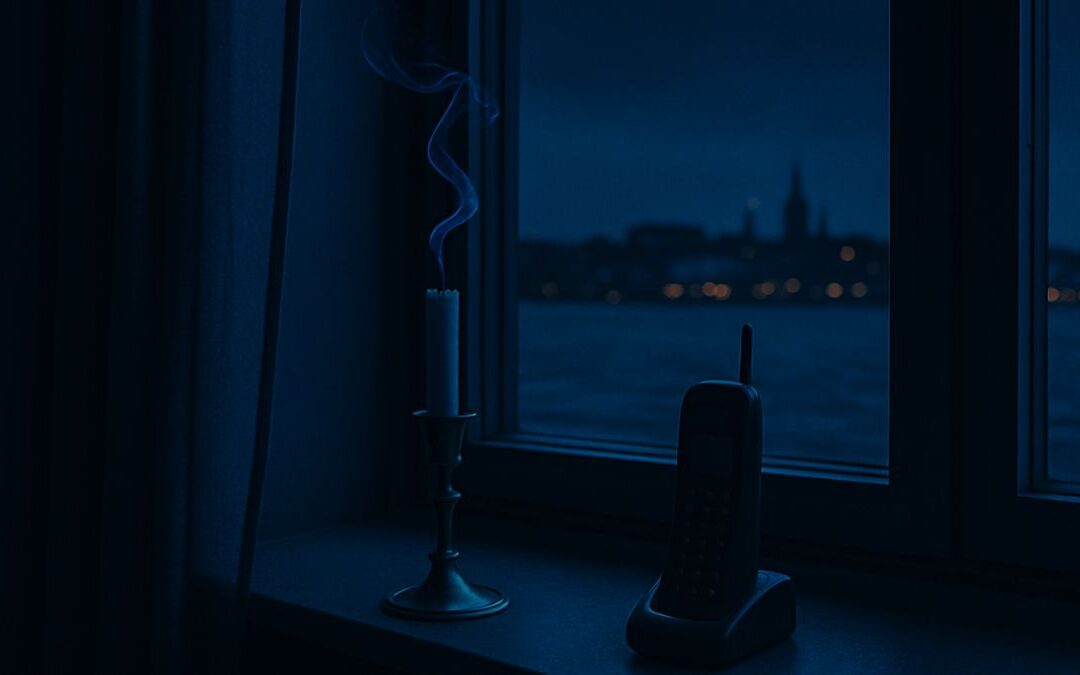
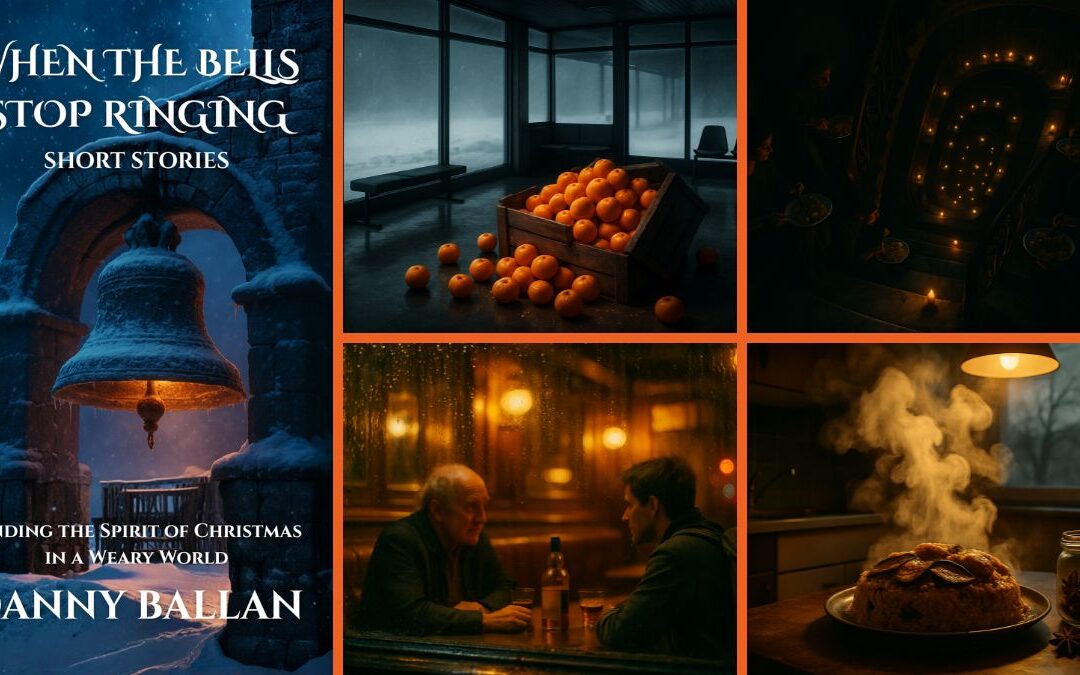


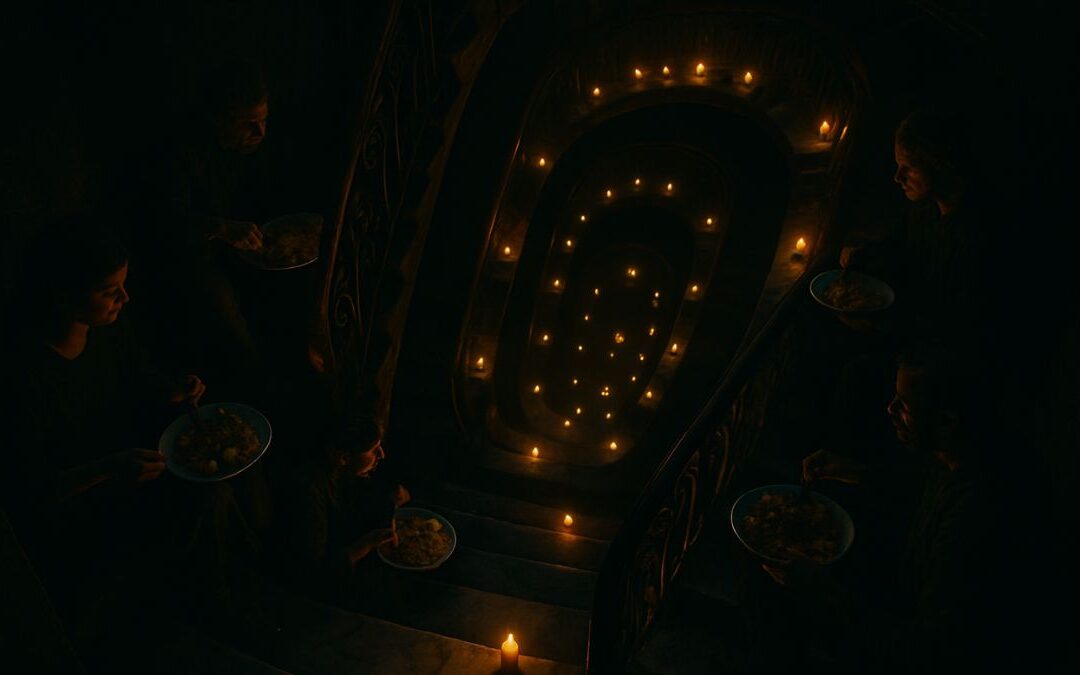
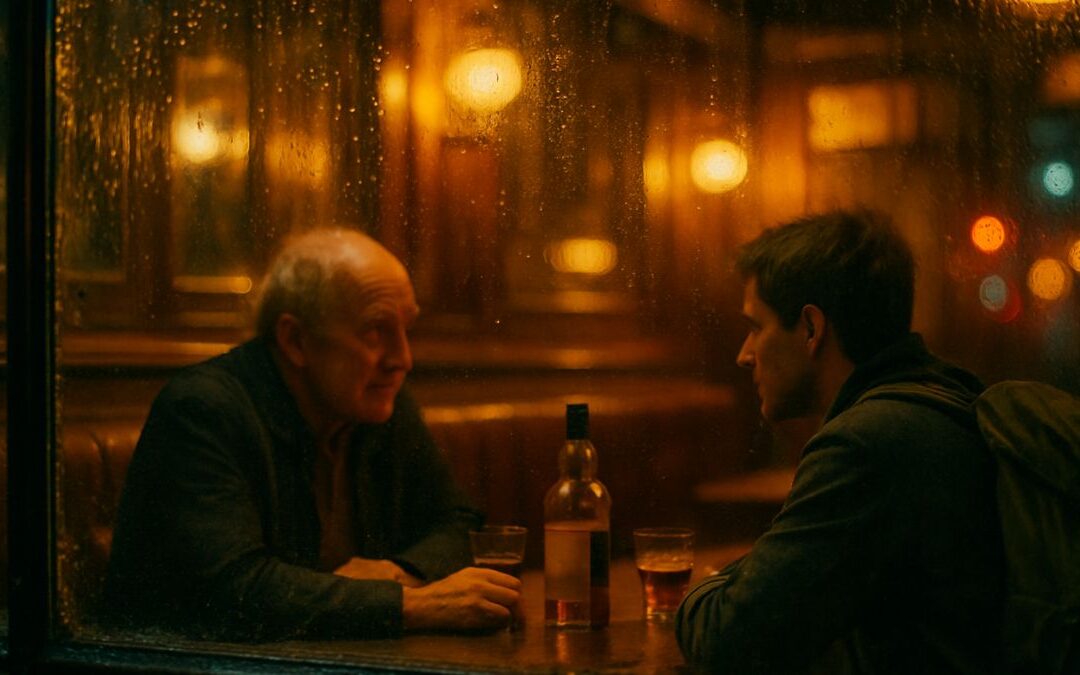
0 Comments